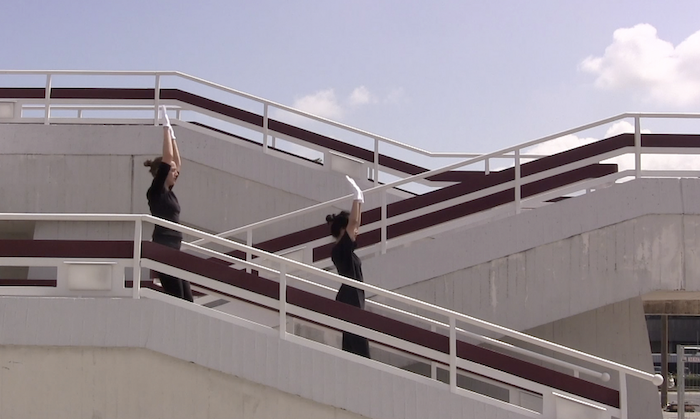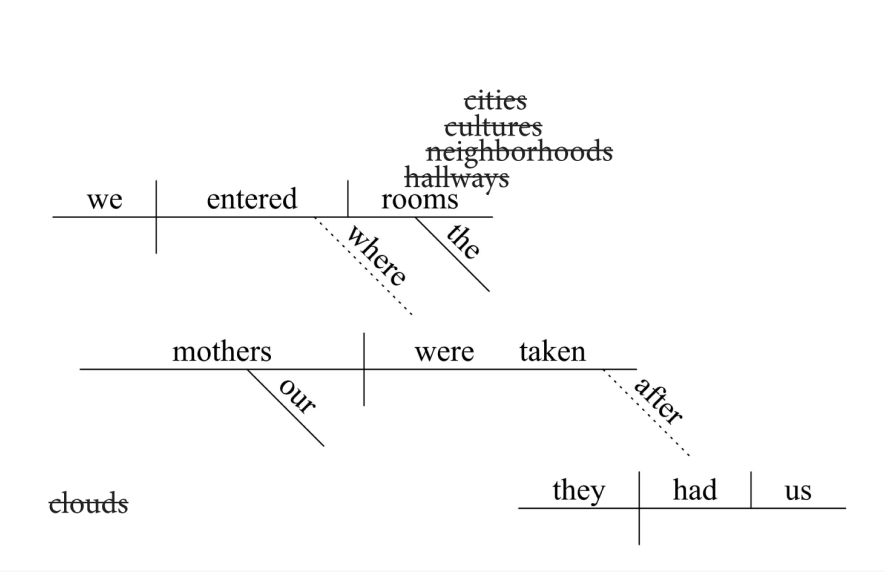
Welcome to Our new portfolio
The Cartography of a Name
In the third grade, we had an assignment: research your last name. I asked my dad “Where does Wilson come from?” He was direct. “A slave owner gave it to us.” In “The Cartography of a Name,” I will be documenting and exploring the ways that the Transatlantic Slave Trade and the subsequent history of American chattel slavery undocumented the names and language of African peoples in an act that simultaneously meant to kill as well as recast the Black / African soul as “American.” Taking on the formal invention of an “American Lyric” (as explored by Claudia Rankine in Citizen and Don’t Let Me Be Lonely) this work is a hybrid lyric-visual-essay, incorporating traditional lyric passages along with visual art and data (in the vein of WEB DuBois’s proto-infographics as shown in the 1900 Paris Exposition and as outlined Visualizing Black America). “The Cartography of a Name” means to explore the open space of the words and names that exist unsaid and unlearned by Black Americans through an exploration of the doubleness and spatiality of language. This is expressed through the use of sentence diagrams, which are linguistically “correct” but designed through a poetic process to approximate overhead views of neighborhoods and streets—colonized and recolonized spaces of Black existence. Drawing from the works of Natalie Diaz and Terrance Hayes’ interrogations of language through sentence diagrams, “The Cartography of a Name” speaks directly to the way that Black people have traditionally had to adhere to the imperial standards of their country’s language but move within it in ways that resist formalized boundaries—the “white space” of the page, the visual expressiveness of the diagrams, and the lyric language of the essay embodying, in one sense, a Black resistance movement.





